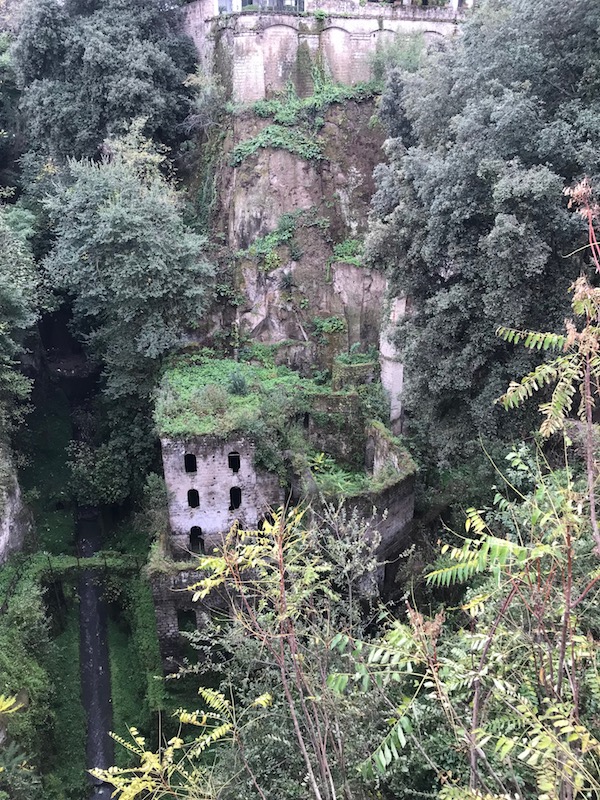Our Blog - Southern Italy - Sorrento
Last stop before Naples was Sorrento, which sits on the Bay of Naples and depending on where you are, you can have views of Naples, Mount Vesuvius, and the Isle of Capri. The town is most commonly known for its small shops selling an arrangement of ceramics, lacework and marquetry (woodwork), as well as Limoncello. It is another very old city, dating back to around 600 BC and in the Roman times, it was called Surrentum. It was a very secure city, protected by deep gorges with the exception of a small distance on the south-west where it was defended by walls.
Yet again, Tom found us a great room right in the middle of the city. It didn't having parking right at the B&B since it was on a pedestrian street, but they pointed us to secure parking a 5-minute walk away, so that was fine. It was a good-sized room with really nice floors and a little balcony if we wanted to sit out with a drink. Breakfast was at a cafe across the street in the morning.
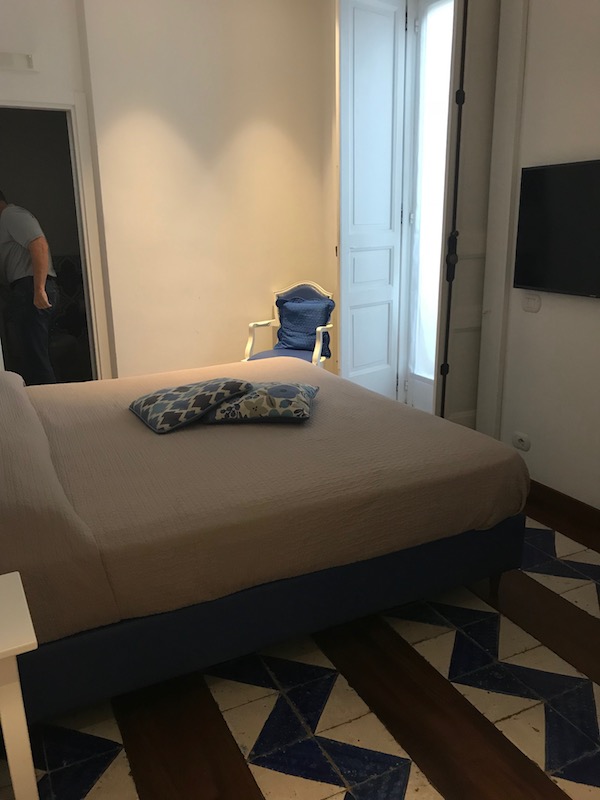
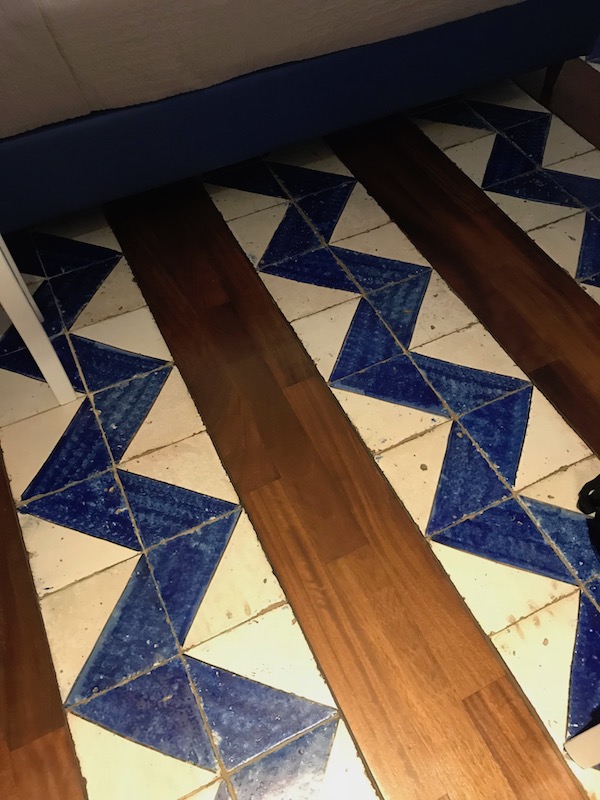

Sanctuary of the Madonna del Carmine was originally built in the 3rd century but rebuilt in the 16th century when the church was entrusted to the Carmelites. During the 18th century, it was completely renovated in the style of that era, Baroque. It is a single-nave church that, as you can imagine with a number of renovations, is in really good shape. The ceiling features a painting by Onofrio Avellino from 1710 that depicting the Virgin who gives the scapular to Saint Simon and the whole scene is surrounded by angels and Carmelite saints. The main altar has an icon painting of the Virgin (and you can see the reference to the Carmelites above it).
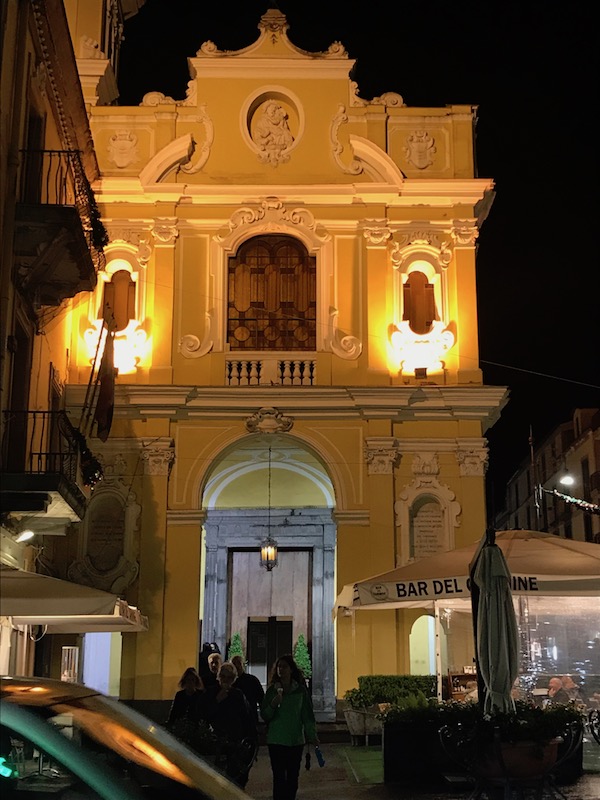
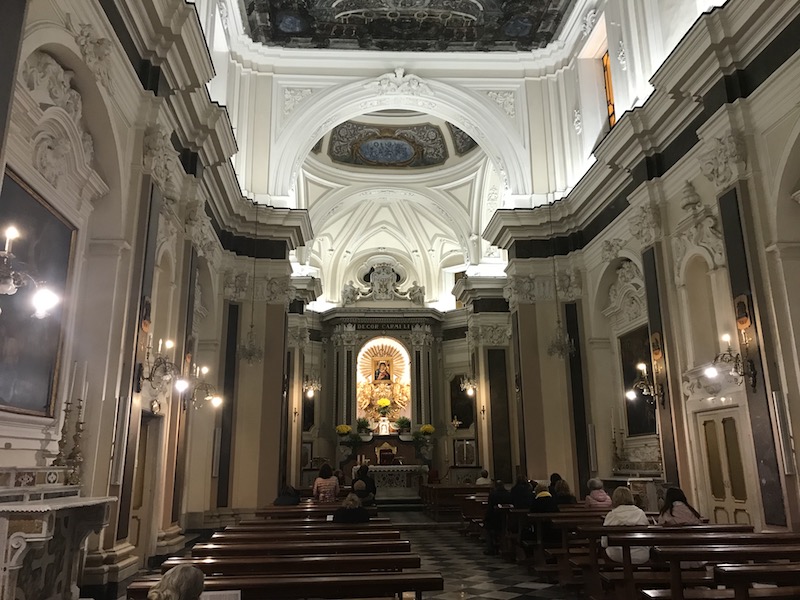
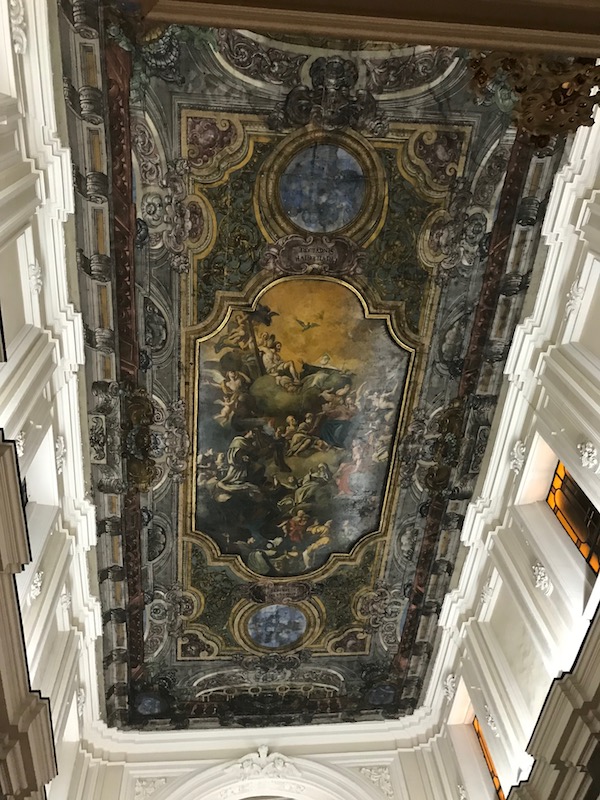
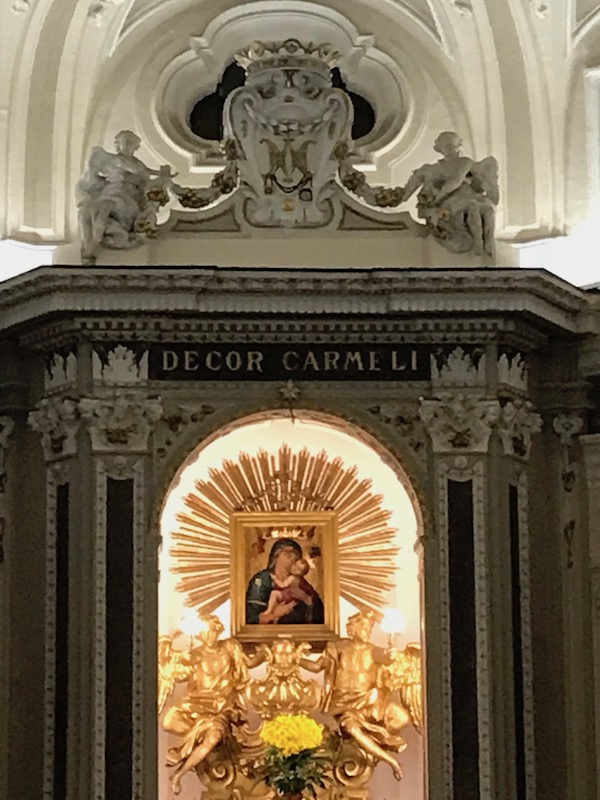

The Cathedral of Sorrento was initially built around the 11th century and was rebuilt in the 15th century in Romanesque style (the style of that era). It has a Latin cross floor plan with two side aisles. The marble altar and pulpit and the bishop's throne all date from the 16th century. The central ceiling is entirely painted on canvas, by Francesco Francareccio. The baptismal font is where one of the notable people from Sorrento, poet Troquato Tasso, was baptized in 1544.








We stopped by a little bar and had one of their local specialties, Limoncello. Traditionally, the digestif is made from Sorrento Lemon rind zest that is steeped with vodka or grappa until the oil is released and then mixed with a simple syrup. The alcohol itself is normally kept in the freezer (it doesn't freeze due to the alcohol level) and served in chilled glasses.

We headed down to an overlook area of the Bay of Naples to grab a few pictures. The lights that you can see in the distance are those of Naples, and you can somewhat see the cliffs on one side of the city.


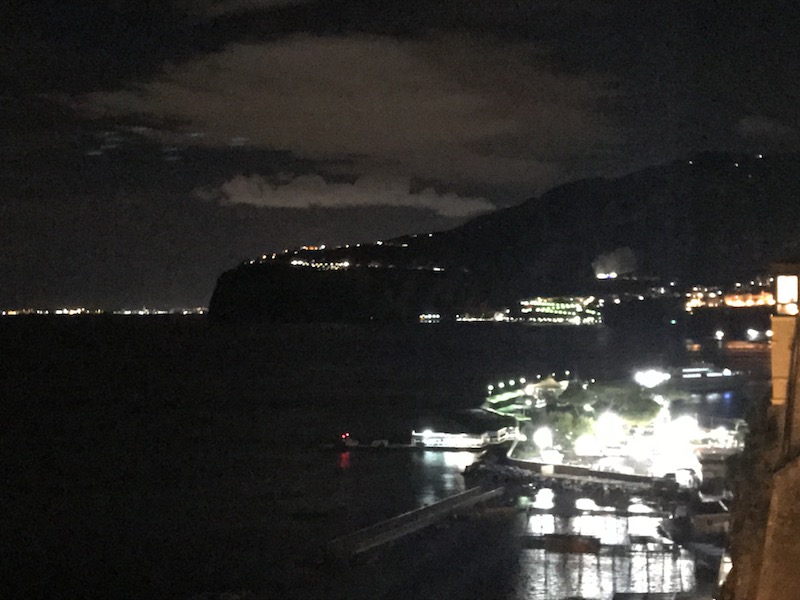
I mentioned Torquanto Tasso at the Cathedral, and just outside of our hotel was Tasso Square with a large statue of the poet.
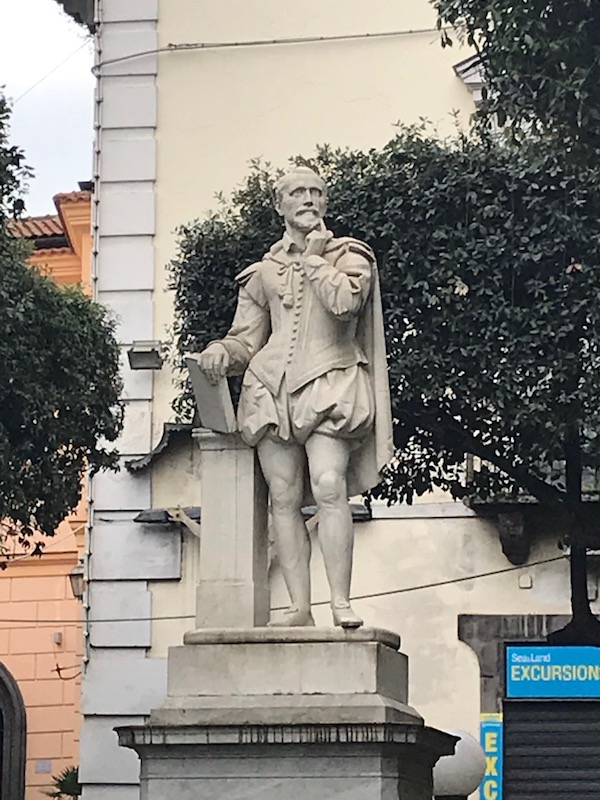
The Sedile Dominova was built in the 14th century by some nobles and is where the nobles would meet to talk about the problems of the town. Is it completely covered by frescoes. Two sides are open with large arches and marble balustrades, while the other two walls, as well as the ceiling, are frescoed with columns figures and ornaments. Coats of arms of the antique noble families belonging to the seat, as well as the coat of arms of the seat itself, are represented.



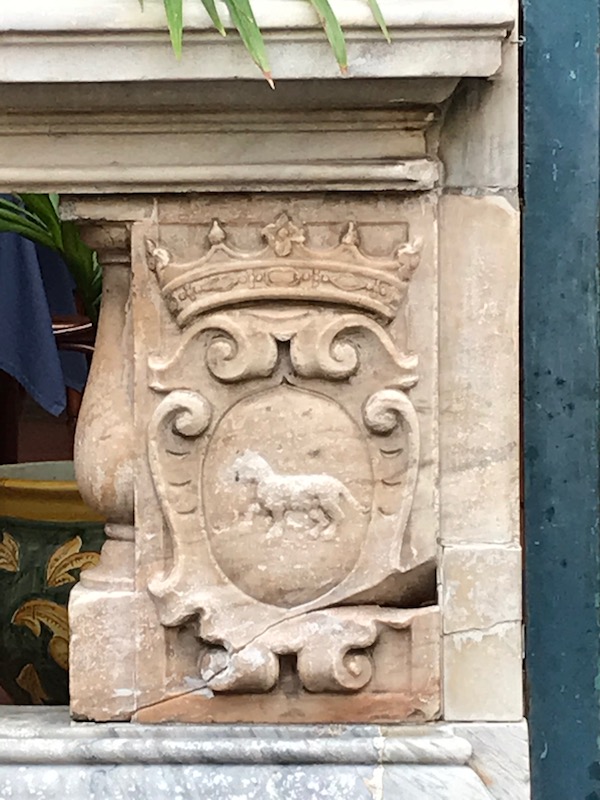
Back at the overlook of the bay, this time during the day. You can see the port and marina as well as the cliffs.

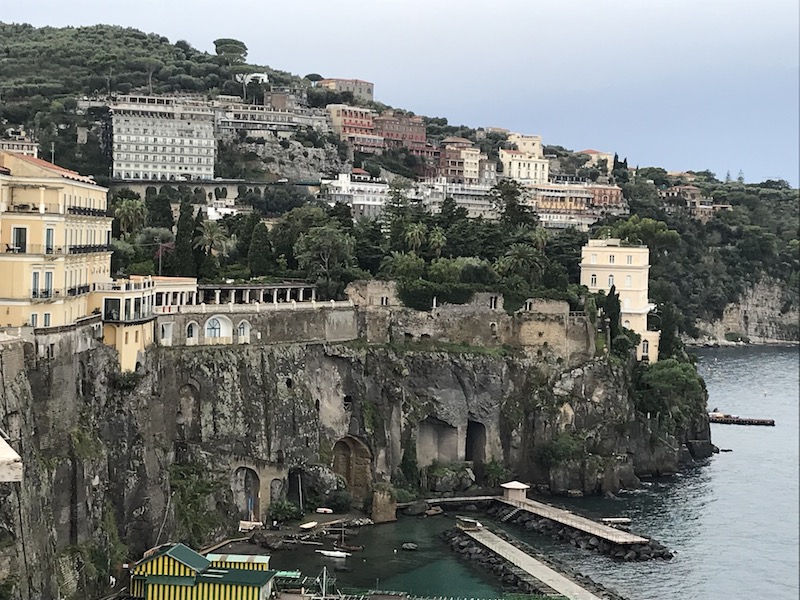


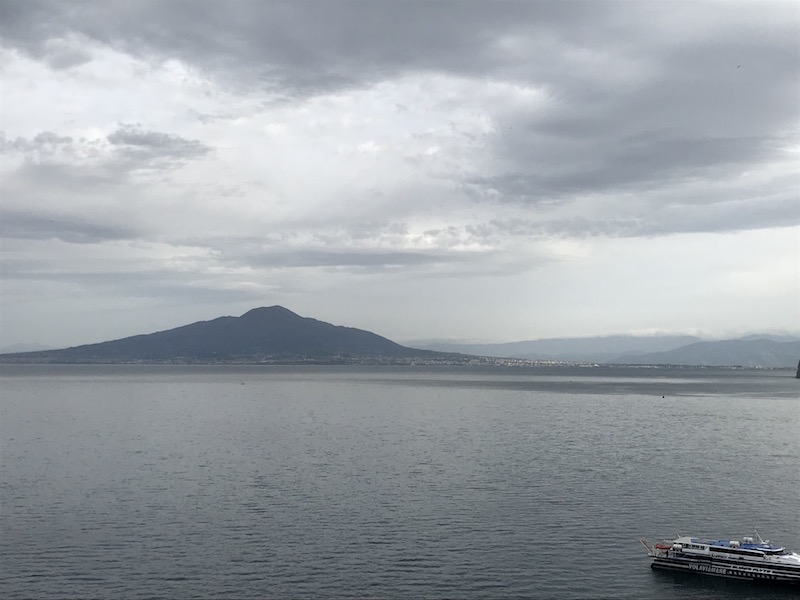

Basilica Sant'Antonino is Sorrento's oldest church although it doesn't really look like a church from the outside. The interior has Romanesque arches but what caught my eye was how many paintings there were ... around the altar, the ceiling, and over each column on the two sides of the nave. Of course, probably the oddest thing was the whale rib inside the front door. Apparently, the saint performed numerous miracles, including one in which he rescued a child from a whale’s stomach.
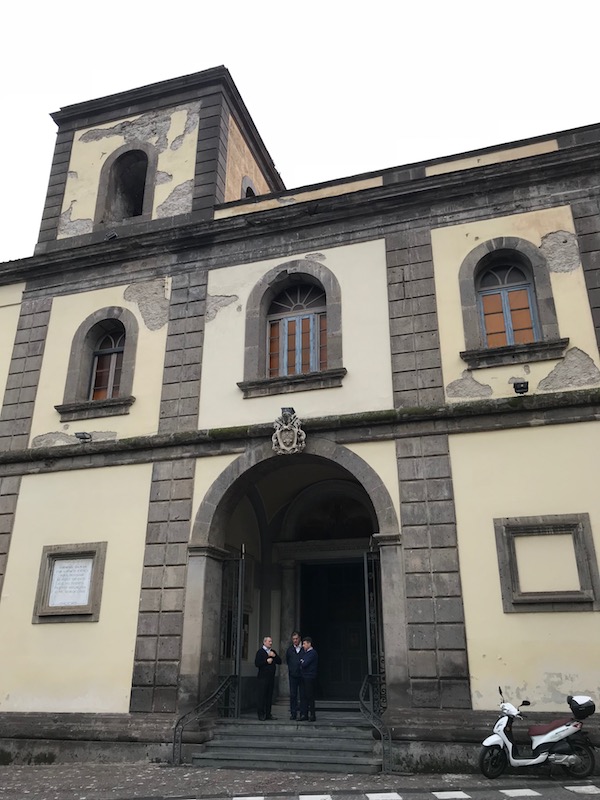



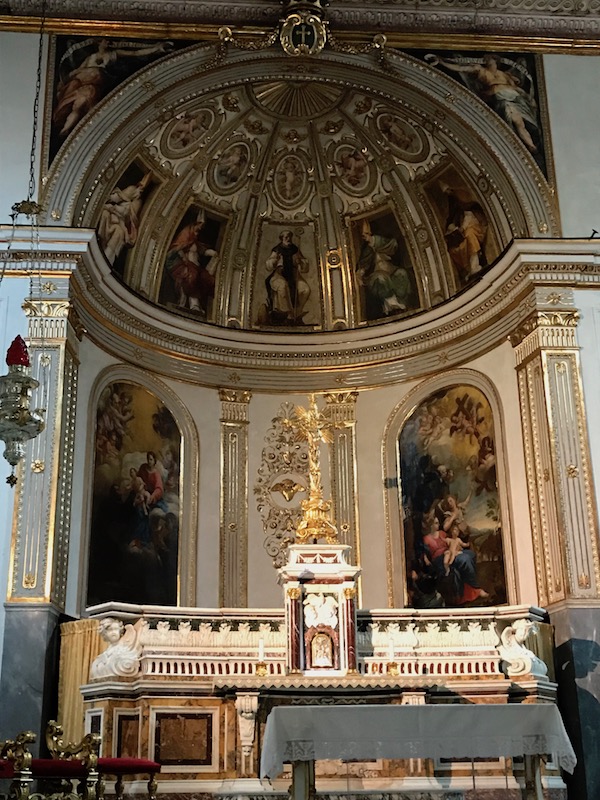
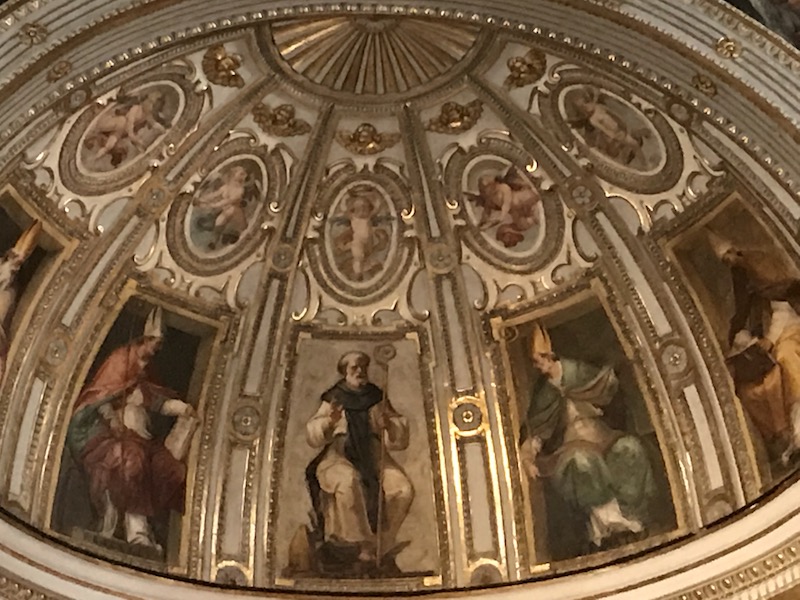
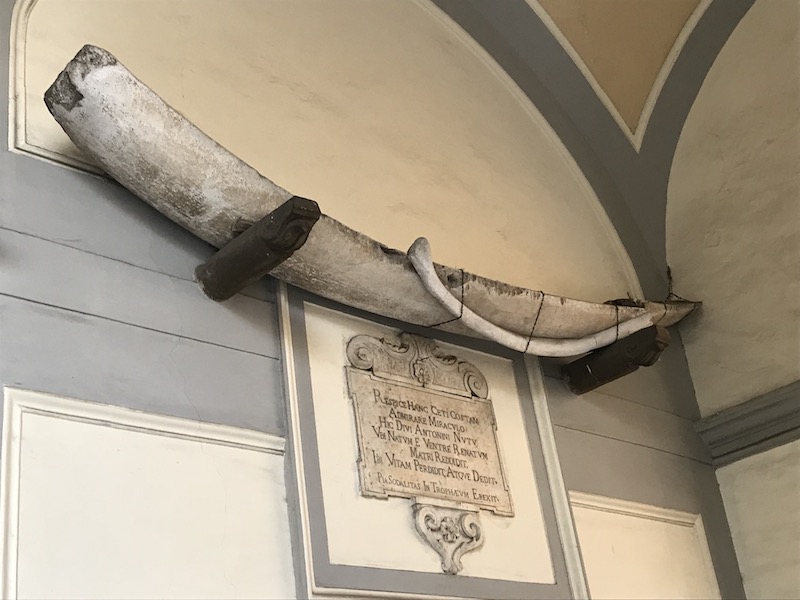
I mentioned that the city is protected by gorges, and so I attempted to get a few pictures to actually show how deep these are.

